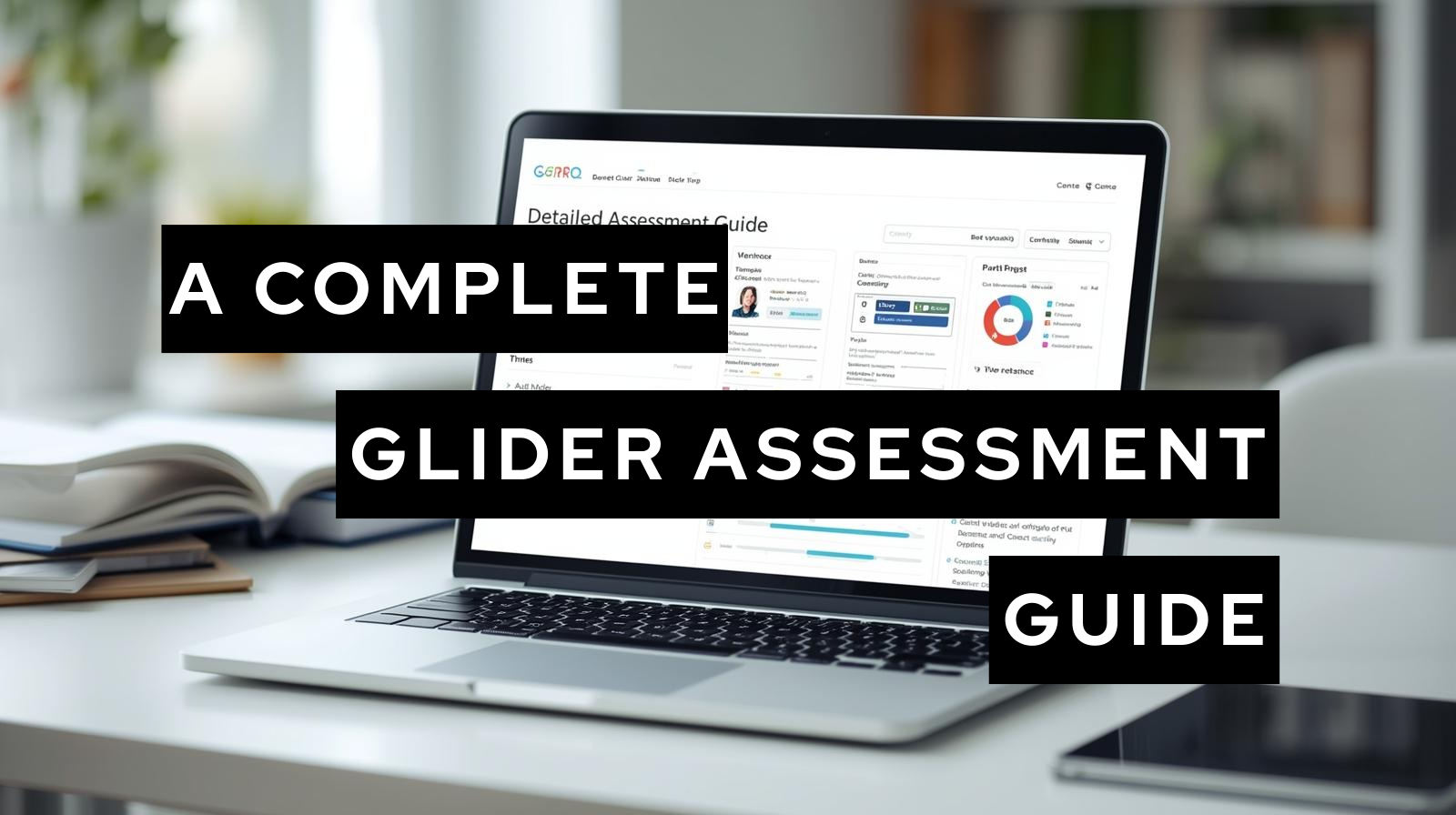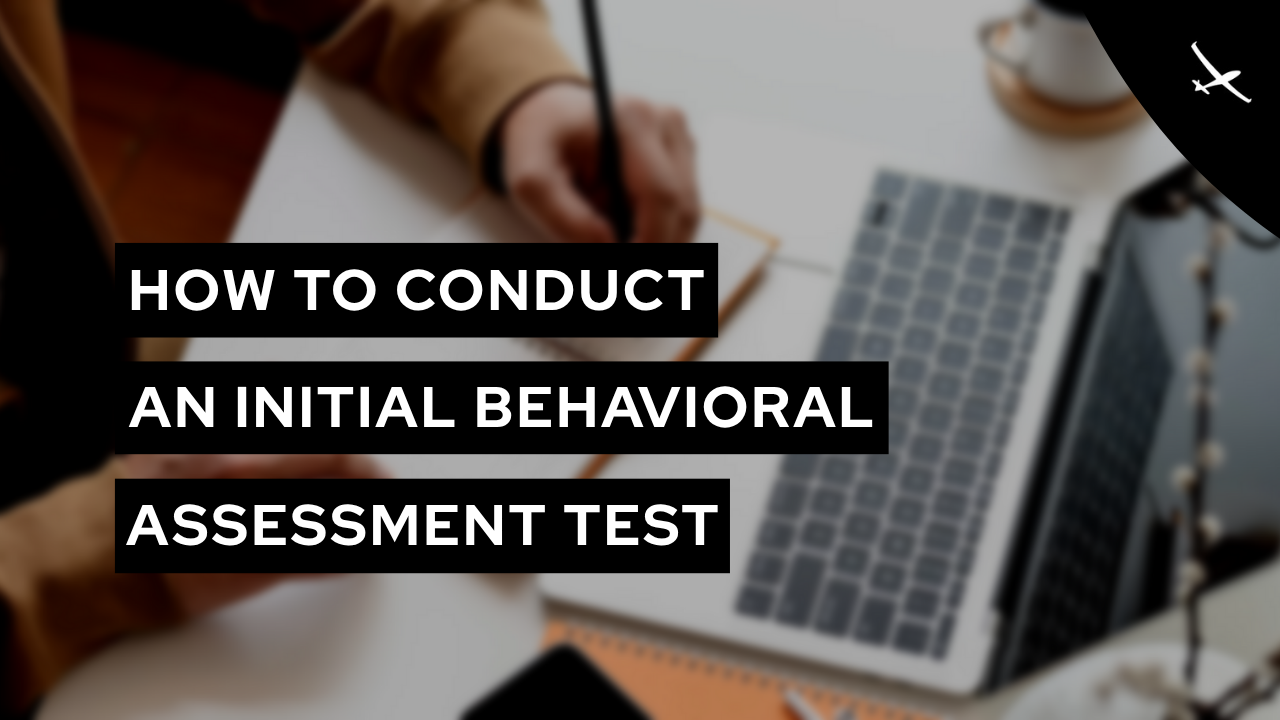
Make talent quality your leading analytic with skills-based hiring solution.

The global pandemic has triggered major shifts around the globe. From economies to workplaces, and from careers to lifestyle, the world has witnessed faster changes than expected. As echoed by everyone, COVID-19 has only accelerated the automation at workplaces around the world. Hiring automation is one among them.
According to the World Economic Forum, “the future of work” has already arrived. The Future of Jobs 2020 also reports that by 2025, there will be a disruption of approximately 85 million jobs around the globe: due to a surge in automation and a new division of labor (between humans and machines).
Also, the global recruitment software market size is projected to grow by US$ 3,095.8 Mn towards the end of 2025, thus exhibiting a CAGR of 7.4 per cent.
Famous Management Thinker, Peter Drucker quoted in the late 1960s, “Computer is the dumbest tool ever invented. It makes no decisions; it only carries out orders.” Fast forward to the present, that statement has gone down into the sunset, because artificial intelligence is now a part of hiring irrespective of the industry. The transition of hiring from a traditional environment to a digital set-up has tremendously gained momentum and is now an indispensable part of recruitment.
On this note, let’s talk about ‘Tengai’, – world’s first job interview robot. Designed by Furhat Robotics, Sweden in 2018, Tengai analyzes datasets of candidates and poses questions identically for an unbiased job interview!
Till recently, automation was thought to impact only low-skill and low-paid jobs or very occupations. But research models suggest there is a significant number of C-Suite activities that can be automated as well. Gone are the days where AI was thought to give answers on correlations. AI of today is aware of causality, dishing out solutions we didn’t even conceive of.
Can Automation improve hiring? Before we answer this question, let’s talk about the basics first.
Like the author of Breaking into Information Security, Anthony J.Steiber says, “Any daily chore that takes 5 minutes will cost 20 hours a year, or more than half of a work week. So, in this sense even if it takes 20 hours to automate that everyday task, the automation will break even in a year!”
Human Resources is one of the prominent areas of business that has embraced automation and AI technology more swiftly in the 21st century. Several surveys and researches echo the same.
According to a survey by the Global Future of Work Survey, employers expected that 17 percent of all work will be automated by the end of the year 2020. In the same line, research by PwC says 40 percent of HR functions in international companies are performed through AI.
As per a LinkedIn survey on talent trends, about 35 percent of HR professionals agree that AI impacts significantly in hiring process making it more candidate centric.
Simply said, hiring automation refers to scientifically tested job personas where a range of skills are auto populated against the job chosen. The candidate can then answer the questions to assess his skills.
From an epistemological standpoint, hiring automation is an efficiency-enhancing process of the HR department through automating mundane tasks and thereby allowing the employees to focus on long-term HR strategy and complex decision-making process.
Hiring automation is needed in 3 stages
Automated platforms have simplified hiring in the tough times of global pandemic. Not only are the traditional hiring operations digitized, but the potential candidates can attend virtual interviews and start working right from home.
Less the Bias, More the Transparency
Talent market and human prejudices go hand in hand. Though diversity is pompously celebrated in workplaces, deliberate as well as unconscious prejudices and ambiguities impact the hiring process. Thanks to AI hiring tools, many of these biases are eliminated. Because automation technologies and advancements pursue data-based human capital decisions, the likelihood of screening candidates without human-inflicted biases is high. All in all, the rapid growth of algorithms-based talent identification finds the right person for the right job, faster and cheaper than traditional assessments.
Automating Mundane Tasks
If the first industrial revolution made us robots (read repetitive tasks), then the fourth industrial revolution is turning us back to humans…more thoughtful and creative. Recruiters can focus on improving their candidate touchpoints and build better relationships with candidates in the pipeline. From job discoveries to job interviews, the chatbot interface can interact with a high volume of candidates, all the same time on the company’s career site.
Increased remote workspaces
Covid has unleashed the notion of work from home like never. But, without automation and AI technologies, work from home would have made things worse.
Also, automated chatbots address the concerns of job-seeking candidates’ way beyond the usual company’s career platform. Good integration of chatbots across social messaging networks is an effective way to engage candidates 24/7, 365 besides branding. Statistically, a recruitment chatbot can automate 74 percent of all FAQs from potential candidates.
More space for strategic values
More room for new ways of thinking and new ways of doing business. At the risk of sounding sappier, I can say that no matter how much we humanize machines and AI, emotional intelligence is still our novel domain. Putting greater stress on emotional intelligence, corporate leaders can undeniably create the best of both worlds.
Hiring Automation is not only productive but also promotes diversity minus bias. Talent intelligence platforms like Glider.ai allow employers to get more from their hiring process. Apart from bringing quality to the table, Glider adopts the latest and updated hiring automated tools.
From phone screen interviews to assessments and from real-world simulations to AI-powered stack ranking, Glider has it all covered.
Can automation supersede human skills?
Nope. On the contrary, we shall be the pivot of the automated workforce. Of course, the company needs to prepare its employees along with robots and AI. Isn’t an AI-based cloud workforce making things better in almost every industry? For example, Glider’s One-way Video Interviews is an agile recruitment tool to hire candidates during the holidays. It enables the candidates to present themselves and record their answers to pre-set questions. The whole team can evaluate the candidate at their time of choosing. In this way, one-way video interviews not only are fast- paced and cost-effective but also assess candidates on all skills necessary with the least human interaction.
Will Automation Replace recruiters?
No, automation is not a plug-and-play solution. Many experts opine that AI-enabled automation and humans go hand in hand in the workplace. And in the world of hiring, apart from few trepidations, AI complements a recruiter’s work that is time-consuming and mundane. An NLP Applied scientist argues that AI can never replace the entire hiring cycle managed by a recruiter, simply because the complexity of processing linguistics is too large to comprehend, and it needs human synthesis.
Otherwise, it is always the job of recruiters to evaluate a candidate on peculiar parameters. You can automate sending e-mails and text messages but interpreting the response/feedback is still your work.
The Future Belongs to Robots
Again, a big nope. No, the reality is not like a typical science fiction movie where robots take over the world. History has proved that human creativity, insights, and contextual awareness are key in making machine-led insights work. Computers were thought to replace us, but they opened new work dimensions. Similarly, automation can complement us but never replicate us.
Glider.ai is one of the forward-thinking organizations that use automation and AI technologies to assess talent intelligence. Glider’s AI-based hiring tools are used across a wide range of industries like technology, logistics, insurance, financial services, call center, the health sector, and others. Some of their client bases include Facebook, AT&T, Tech Mahindra, ThoughtSpot, Automation Anywhere, and others.
Glider’s hiring tools are completely compatible in hiring across a range of jobs from contingent staff to permanent staff. What’s more, the automation tools in Glider make assessments completely customized both in terms of industries and job roles.
Firstly, Glider has standard AI-based assessment tools across a range of industries it caters to. For example, Glider Phone Screen guides recruiters in asking technical questions step-by-step and captures candidate’s responses on the same.
Likewise, Glider Assessments gauge a candidate’s array of skills through interactive tests (pre-built or own), general programming (over 40 programming languages), real-world engineering simulations (through embedded chat while watching them work).
In the world of interviews, an interviewer can pick from a directory of pre-built standardize coding tasks and video interviews assess candidate’s recorded answers. With AI-powered Stack ranking, Glider just makes it easy for employers to weigh each candidate against a set custom criterion.
Elaborately, automated assessment tools at Glider also have a terrific amount of industry-based assessment tools, both standardized and customized. For example, for jobs based on technology like Software developers, Automation Engineers, UI/UX Designers, etc., Glider provides assessment-based tools live coding platforms, coding simulators, and a whiteboard for collaborative coding.
On the other hand, for jobs in call centers, Glider’s Phone Screen tool assesses candidates on listening and speaking skills. Apart from the usual assessments for voice processes, chat processes, inbound and outbound calls, etc., there is also a wide range of AI-based customized situation and behavior-based analysis, that assess candidate’s IQ and job-role and culture fitment.
Technology impulses nations. This is certainly true in the world of hiring. It has transformed the way recruiters spent their time. Automation has allowed recruiters to be more strategic with their time.
As an advanced tool, our automated technologies can source, identify, and select candidates for recruitment, but they do not take “recruit” from recruiters. Automation is neither about replacing ‘you’ nor automating your ‘job’, rather it frees you from the clutches of time-consuming day-to-day repetitive tasks; so that your skills are put into action where they are vital.
Currently, some of the promising HR practices have evolved through the integration of hiring automation and human skills.

The Glider assessment suite gives hiring teams a structured and reliable way to evaluate skills across technical, functional, behavioral, and coding domains. With a focus on accuracy and fairness, Glider AI helps recruiters identify talent with confidence while creating a clear and supportive experience for candidates. This guide outlines each part of the Glider assessment […]

Engineering roles stay open longer than almost any other position. You know the pattern: a req opens, applications flood in, resumes get reviewed, phone screens happen, and then the pipeline stalls. Candidates who looked strong on paper can’t solve basic problems. Others talk a good game but can’t write functional code. By the time you […]

Hiring behavioral consultants can be challenging. Organizations often rely on resumes and interviews to gauge skills, but these methods rarely reveal how a candidate will perform in real-world scenarios. Misjudging traits like problem-solving, adaptability, and interpersonal skills can lead to mis-hires, wasted training efforts, and lower team productivity. How to Conduct a Initial Behavioral Assessment […]